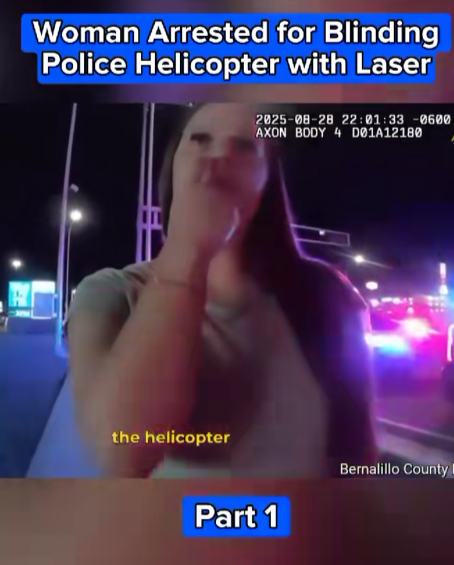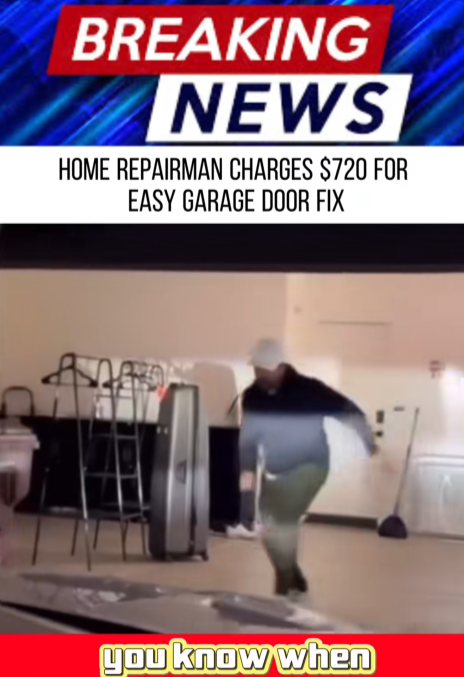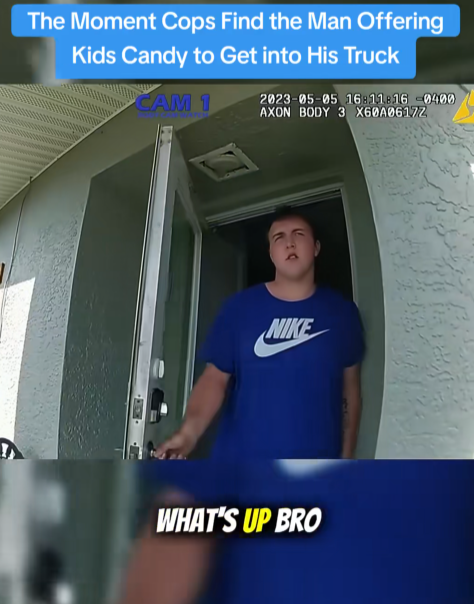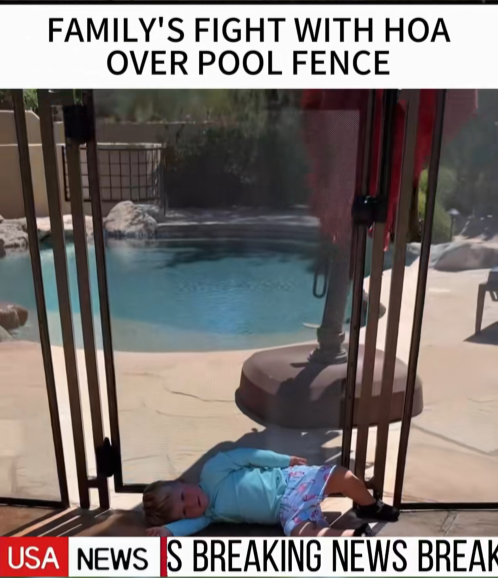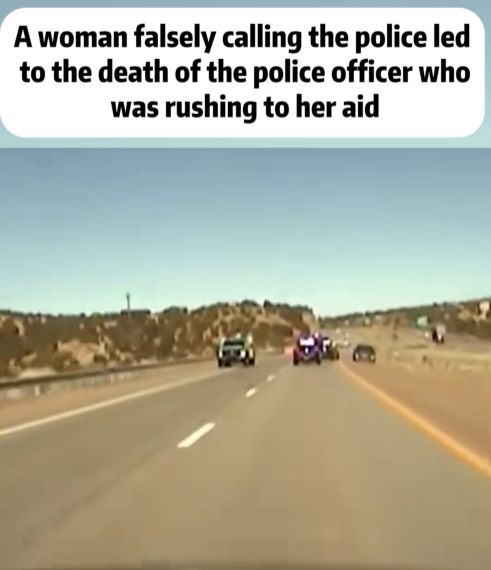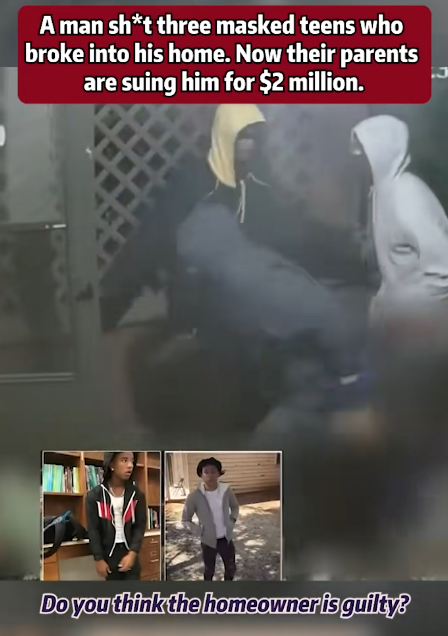“Woman Arrested After Laser Beam Hits Police Helicopter — Bodycam Footage Shows Shocking Reaction!”
A late-night police encounter has gone viral after bodycam footage showed officers confronting a woman accused of pointing a laser toward a police helicopter — a dangerous act that authorities say can temporarily blind pilots and cause major safety risks. The video, recorded on August 28th, captures the tense moment officers approached the woman on a brightly lit roadside with multiple patrol cars already on scene.
The footage begins with the woman standing outside a vehicle, visibly confused as officers question her about the laser reports. The helicopter’s spotlight can be seen circling overhead as officers explain why they responded so quickly. According to police, the helicopter’s pilot reported a bright beam of light directed straight into the cockpit, causing momentary visual impairment.
In the video, an officer calmly tells the woman that pointing lasers at aircraft — even accidentally — is extremely dangerous. The woman appears shocked, repeatedly covering her mouth and insisting she didn’t realize the seriousness of the situation. As the officer continues to explain the potential consequences, she becomes emotional, saying she never intended to cause harm.
Online, the video has gained massive attention, with viewers stunned at how quickly a moment of recklessness can turn into a serious police investigation. Many people admitted they were unaware of the risk laser pointers pose to pilots.
Commenters reacted with a blend of concern, criticism, and sympathy:
- “People don’t realize how dangerous this is — a pilot could lose control.”
- “I’m glad nobody got hurt, but this could’ve ended badly.”
- “She looks genuinely shocked. Hopefully she learns from this.”
- “A laser can reach a helicopter? I had no idea!”
Aviation experts have explained that even handheld laser pointers can travel long distances and scatter light across the cockpit glass, creating a blinding flash effect. Pilots may lose vision temporarily, which can be extremely dangerous during nighttime operations or while navigating busy urban airspace.
In the video, officers clarify that they received confirmation directly from the helicopter’s crew about the direction and timing of the beam. Police say they tracked its origin to the area where the woman was standing, prompting the ground units to respond. The woman insists she did not mean to cause any issues, and officers assure her they are simply gathering information before proceeding.
The clip has sparked a widespread conversation about how easily a moment of careless behavior can escalate into a criminal charge. Many viewers used the video as a reminder for others — especially teens and young adults — to understand the real-world consequences of misusing laser devices.
Some commenters also noted that the officers handled the situation professionally, maintaining calm communication throughout the encounter. Viewers praised them for explaining the risks clearly rather than escalating the confrontation.
Authorities have not released further details from the incident yet, and the video represents only the first part of the bodycam footage. Police say additional information will be included in the remaining segments as the investigation continues.
One viral comment summed up the entire situation:
“It’s crazy how one small action can turn into a huge problem — people really need to be careful.”
